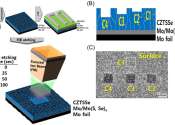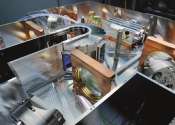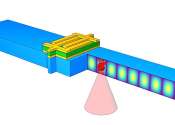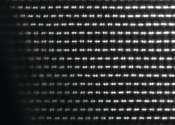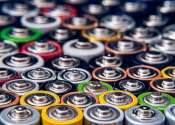Developing efficient anode catalysts for direct ammonia solid oxide fuel cells
The quest for efficient and clean energy sources has led to the exploration of ammonia as a hydrogen carrier due to its high hydrogen content, energy density, and ease of liquefaction. Solid oxide fuel cells (SOFCs) are highly ...
Jun 7, 2024
0
1


